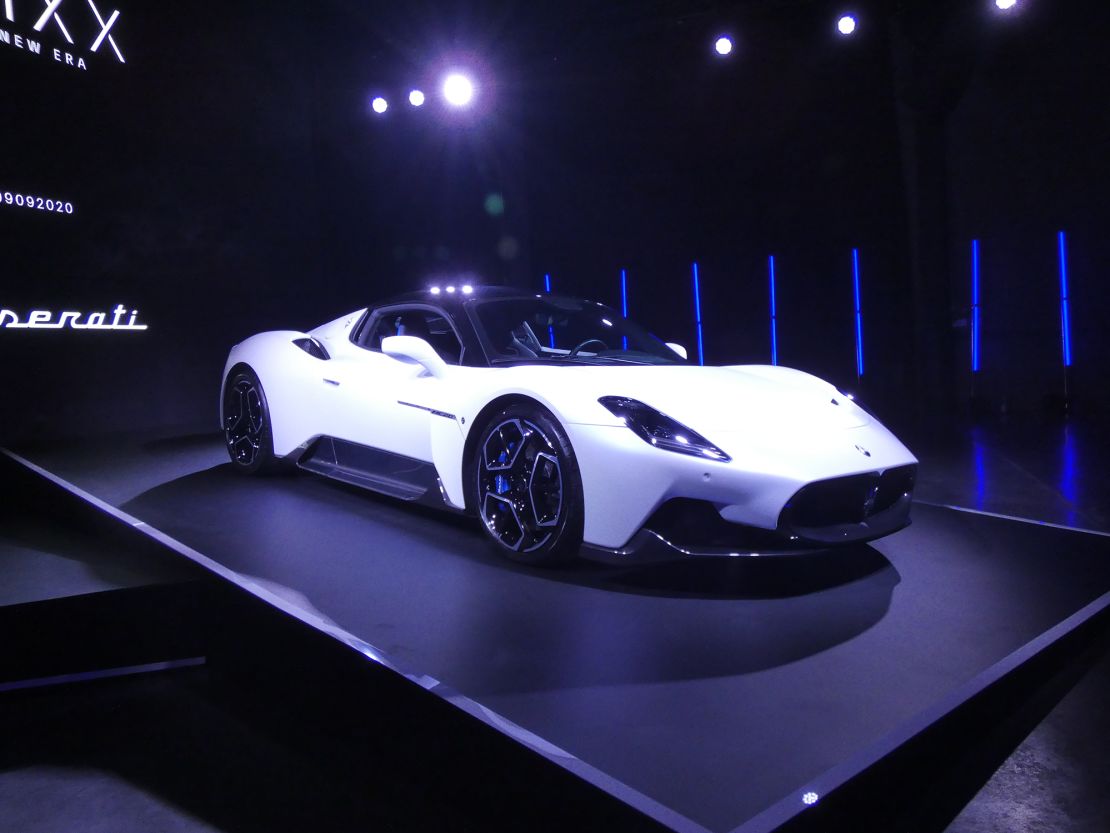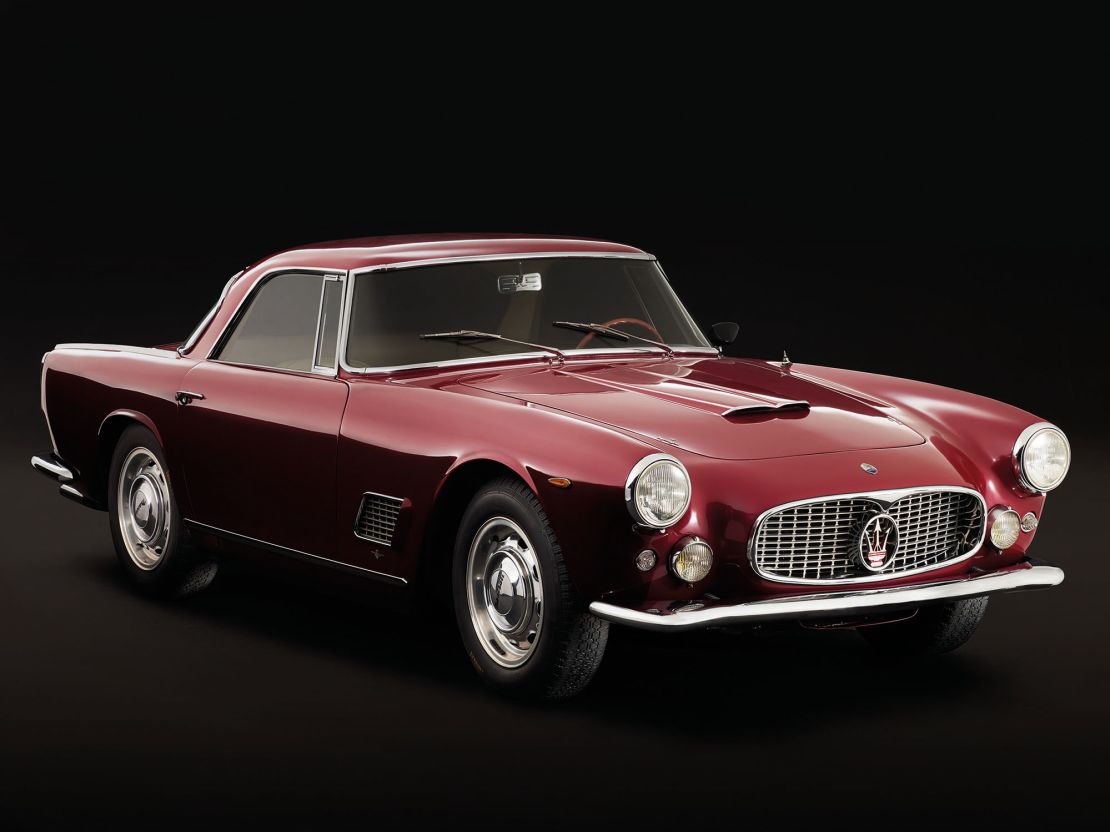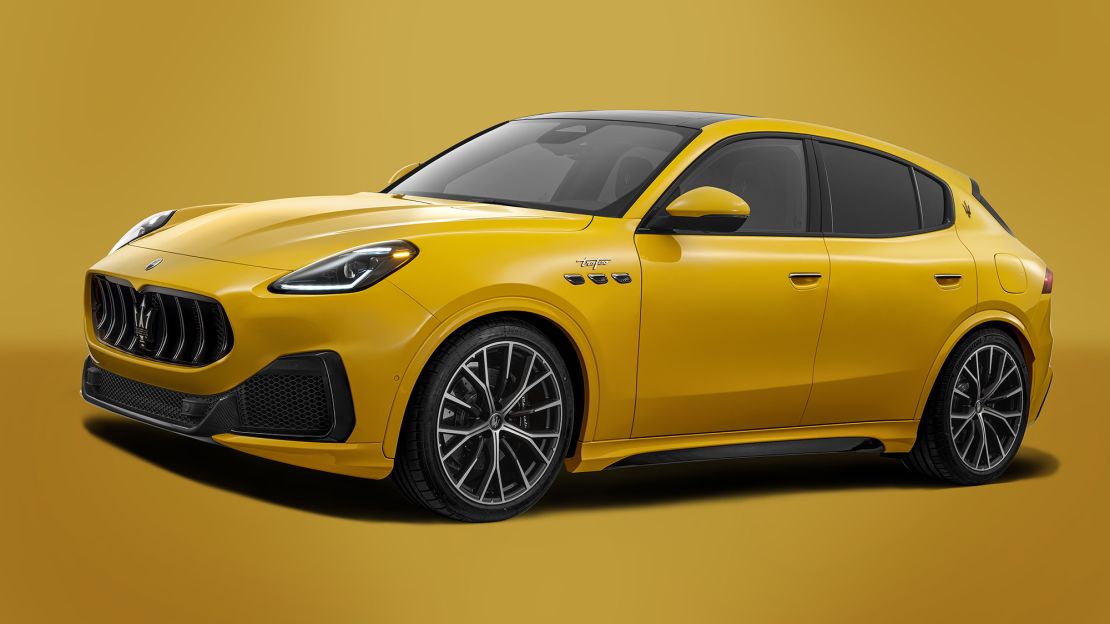Maserati did something very strange in 2020. The brand unveiled a high-powered supercar with a new, radically designed, V6 gasoline engine. Versions of the new engine would be used in other Maserati models, too, executives said.
That’s strange mostly because Maserati had already announced plans to go fully electric by 2030. Next year, Maserati will reveal a fully electric sedan for which they will be no gas-powered version at all. So, just four years after revealing a gas engine that took years of expensive development, Maserati will introduce its first model that will never have one. From a pure business standpoint, it sounds like a baffling waste of money and resources.

But, according to Maserati’s chief executive, Davide Grasso, it’s all part of a sound plan. Grasso wants Maserati to be not just successful but the most profitable out of all 14 of parent company Stellantis’s brands. (Those brands include Jeep, Ram, Peugeot and Opel.) And doing that takes credibility which, in Maserati’s case, is powered by an engine.
In the auto industry, profitability is tied to one thing in particular: brand equity. Porsche has it, and is immensely profitable as a result. So does Ferrari, Maserati’s sister brand until a few years ago when it was spun off under its own stock symbol.
Brand equity means that customers are willing to pay more, often lots more, for a chrome-plated shield or prancing horse. Maserati wants that for its three-pointed spear. But while badges can be produced cheaply, what they stand for — the reasons customers will pay so much — cannot. Generating that perceived value takes time, cash and diligence.
“It’s about quality first, design and performance, experience,” Grasso told CNN. “Then get paid for what we do. Get recognized by the customer.”

The desire for recognition is why Maserati carried on developing and, now, manufacturing its own all-new gasoline engine just a few years before dropping engines altogether, Grasso said.
Twenty-five years ago, Maserati began using engines built by Ferrari. “This car has a Ferrari engine” sounds like a great bragging point, but it’s also kind of sad that a brand once renowned for its own racing heritage was farming out the very heart of its cars. With the brand about to go all-electric, Maserati had to reestablish its full-throated performance bonafides, Grasso said.
“It clearly was a costly but very strategic choice,” he said. “It’s at the root of the coming back of Maserati. Without an engine, we were just assembling cars.”
With the help of a new, smaller SUV model, the Grecale, the brand’s profitability is improving. The high-performance Grecale Trofeo model has a version of the new Nettuno engine, named after Neptune, the Roman god of the sea whose trident is Maserati’s logo. The engine’s design is similar to the internal combustion engines in Formula 1 race cars.
Typical of Maseratis, the Grecale Modena I test drove earlier, powered by a four-cylinder engine, never felt relaxed. Even in its “Comfort” setting, while the ride quality is pleasant, the Grecale gave the impression of a puppy on a short leash. The steering felt quick and responsive and the SUV bolted forward eagerly with a rumbling engine sound when I pressed the accelerator. For customers used to driving a more languid Mercedes or even a Bentley — Maserati pricing falls in a range between high-end brands like these — a Maserati’s “always on” nature could seem off-putting.

“We’re not trying to be everything to everybody,” Grasso said. “That’s why we’re investing in a unique driving experience, a unique way we build the car.”
Besides the MC20 and the Project 24, a track-only version of the supercar, Maserati’s new two-door GranTurismo models will also be available with the Nettuno engine design. The MC20 and the GranTurismo will also be available in electric versions.
At the end of last year, the brand recorded increased profits roughly equal to Stellantis’s overall 13% margin, Grasso said. He expects to reach 15% by the first half of this year. Now that the spinoff of Ferrari has left Maserati the company’s only ultra-luxury brand, Grasso feels more is expected, he said.
“We can only be at ease when Maserati’s profitability is above Stellantis’s profitability,” he said. “We want to pull Stellantis up.”





